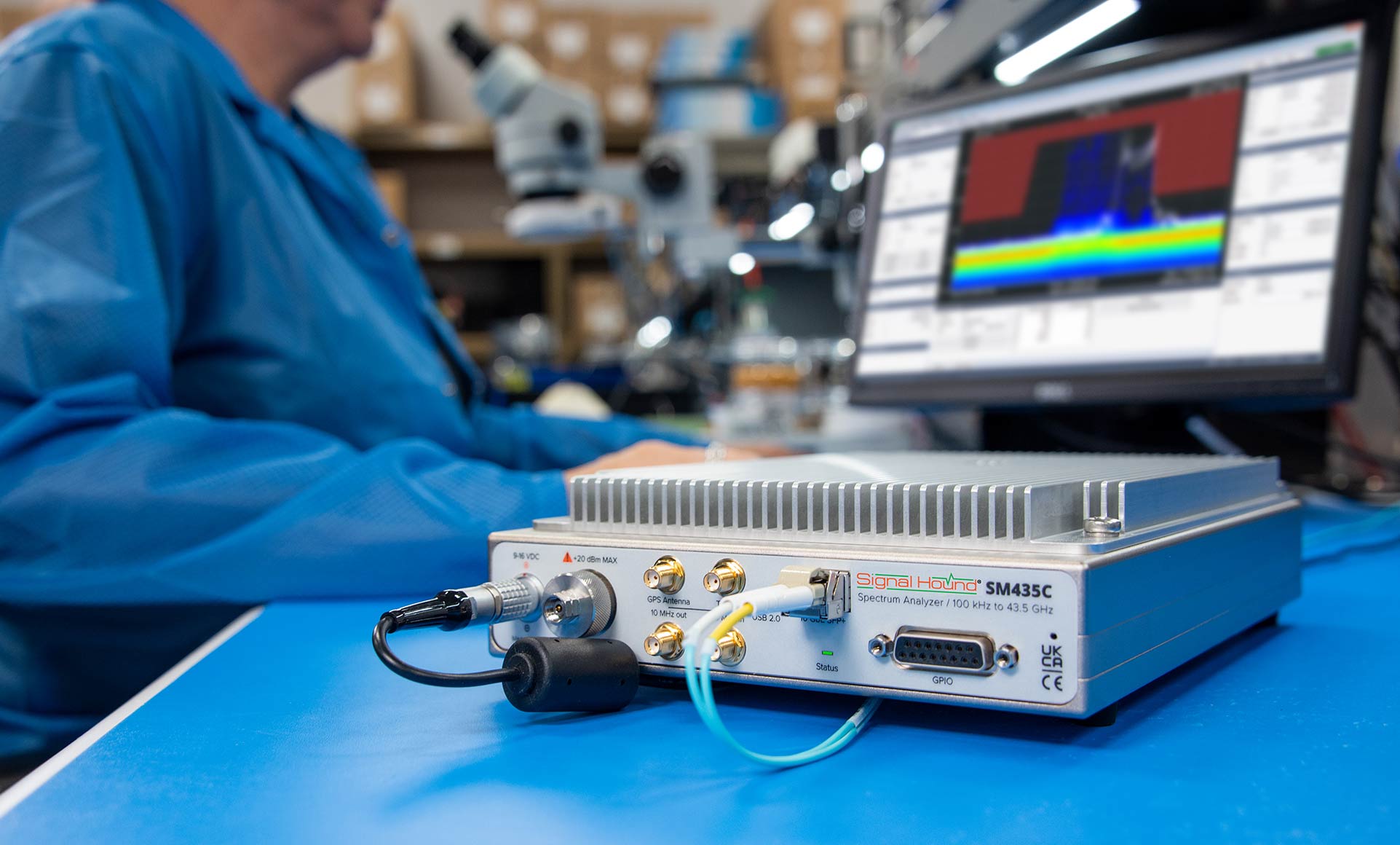The AT&T outage that took place earlier this year reminds us of how important cellular network coverage is in today’s ever-expanding wireless environment. Although this outage was likely a result of faulty software or a system upgrade, this does not negate the fact that localized outages due to signal disruptions or interference can have devastating impacts – especially now that much of our population relies on cellular networks for accessing emergency services. Implementing robust preventative maintenance plans for cellular networks is essential for general communications and critical services, as well.
The increased use of electronic devices in all aspects of society means there are more sources of signal disruption than ever. Neighboring cell towers and antennas are primary sources of interference. However, wireless routers, Bluetooth® devices, Wi-Fi security cameras, and even microwave ovens near a cellular signal can cause interference. While some sources of disruption may be sporadic and difficult to locate during routine scans, many of sources produce continuous signals, allowing technicians to identify disruptive signals through preventative spectrum analysis and interference monitoring.
Numerous instruments can be used to track signals, such as power meters, signal strength meters, and voltmeters, but they are limited in flexibility, bandwidth, and range. Spectrum analyzers are designed specifically to monitor signals within a defined frequency range and can sweep across wide frequency spans at high speeds making these instruments capable of interference hunting in diverse conditions and with high accuracy. Real-time spectrum analyzers, such as Signal Hound’s SP145 with a frequency range of 100 kHz to 14.5 GHz and SM435C with a frequency range up to 43.5 GHz and ultra-fast sweep speeds are ideal for capturing short-term and dynamic signals with rapidly changing amplitude, frequency, and phase characteristics typical of interfering signals.
To facilitate the identification of unknown signals and help track down the cause, using an RTSA paired with a directional antenna allows technicians to perform signal strength measurements and observe the changes in signal strength while moving the antenna around the area, thus allowing them to narrow down the location of the interfering source. Additionally, software, such as Signal Hound’s Spike™, working with a spectrum analyzer and directional antenna can draw on interference model libraries to speed the identification of unknown signals and help track them down.
Spectrum analyzers can also be used to assess signal strength and identify areas with potential coverage gaps or signal degradation. The vector signal analysis (VSA) and demodulation capabilities of the SP145 position it as a powerful tool for signal quality assessment and compliance testing. With up to 160 MHz continuous streaming I/Q over 10GbE SFP+, the SM435C is designed for effective remote monitoring and efficient centralized analysis.
Managing and maintaining efficient communication networks requires the best tools you can get. The need for an affordable spectrum analyzer with the power to monitor, manage, troubleshoot, and protect the RF spectrum in the field has become a critical factor for success. Signal Hound’s reliable, high-performance spectrum analyzers and free Spike software offer unrivaled value for your network needs.
